-
 Bitcoin
Bitcoin $108400
-4.30% -
 Ethereum
Ethereum $4287
-6.30% -
 XRP
XRP $2.823
-6.41% -
 Tether USDt
Tether USDt $1.000
0.00% -
 BNB
BNB $859.4
-1.70% -
 Solana
Solana $208.7
-2.95% -
 USDC
USDC $0.9999
-0.01% -
 Dogecoin
Dogecoin $0.2144
-4.47% -
 TRON
TRON $0.3349
-3.35% -
 Cardano
Cardano $0.8284
-4.90% -
 Chainlink
Chainlink $23.45
-8.63% -
 Hyperliquid
Hyperliquid $44.41
-8.39% -
 Ethena USDe
Ethena USDe $1.000
-0.02% -
 Sui
Sui $3.307
-5.87% -
 Stellar
Stellar $0.3589
-7.15% -
 Bitcoin Cash
Bitcoin Cash $531.4
-4.71% -
 Avalanche
Avalanche $23.71
-4.51% -
 Hedera
Hedera $0.2263
-6.16% -
 Cronos
Cronos $0.2765
-13.02% -
 UNUS SED LEO
UNUS SED LEO $9.427
-1.34% -
 Litecoin
Litecoin $110.1
-3.63% -
 Toncoin
Toncoin $3.060
-4.36% -
 Shiba Inu
Shiba Inu $0.00001217
-3.86% -
 Polkadot
Polkadot $3.770
-5.96% -
 Uniswap
Uniswap $9.548
-4.51% -
 Dai
Dai $0.9999
-0.01% -
 Bitget Token
Bitget Token $4.533
-1.55% -
 Monero
Monero $260.7
-3.53% -
 Aave
Aave $307.9
-2.55% -
 Ethena
Ethena $0.6460
-2.60%
Coinbase Price Charts Explained: A Beginner's Guide
Coinbase charts display crypto price trends over time using candlesticks that show open, close, high, and low prices, helping traders analyze market movements.
Aug 29, 2025 at 07:18 pm
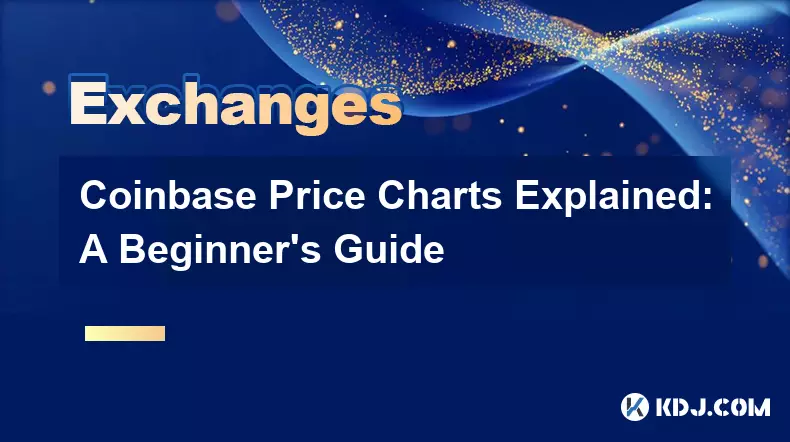
Understanding Coinbase Price Charts
1. Coinbase price charts are visual representations of cryptocurrency values over time. These charts allow users to observe how digital assets like Bitcoin, Ethereum, and other altcoins have performed in different timeframes. By analyzing patterns and trends, traders can make informed decisions based on historical data. The x-axis typically represents time, while the y-axis shows the price of the asset.
2. Various chart types are available on Coinbase, including line charts, candlestick charts, and bar charts. The line chart is the simplest form, showing a continuous line connecting price points. It’s ideal for beginners who want a quick overview of price movements. Candlestick charts, however, provide more detailed information, including opening, closing, high, and low prices within a specific period. Each candlestick represents a time interval—such as one minute, one hour, or one day.
3. Green candles indicate that the closing price was higher than the opening price, signaling upward momentum. Red candles mean the closing price was lower, reflecting downward movement. The wicks or shadows on the candles show the highest and lowest prices reached during that interval. This level of detail helps traders identify potential reversals, breakouts, or consolidation phases.
4. Timeframes on Coinbase range from one minute to one month. Short-term traders often use one-minute to one-hour charts for day trading, while long-term investors may analyze daily or weekly charts to assess broader market trends. Adjusting the timeframe allows users to zoom in or out based on their trading strategy.
Key Indicators on Coinbase Charts
1. Volume is a critical indicator displayed at the bottom of most charts. It shows the total amount of an asset traded during a given period. High volume often confirms the strength of a price movement—rising prices with high volume suggest strong buying interest. Conversely, falling prices with high volume may indicate aggressive selling.
2. Moving averages are commonly used tools to smooth out price data and identify trends. The simple moving average (SMA) calculates the average price over a set number of periods. When the price is above the SMA, it often signals an uptrend; when below, a downtrend may be forming. Traders also use the exponential moving average (EMA), which gives more weight to recent prices.
3. The Relative Strength Index (RSI) is another popular indicator available on Coinbase. It measures the speed and change of price movements on a scale from 0 to 100. An RSI above 70 typically suggests an asset is overbought, while below 30 indicates it may be oversold. These signals help traders anticipate potential reversals.
4. Bollinger Bands consist of a middle SMA and two standard deviation lines above and below. They help assess volatility and potential price breakouts. When the bands contract, it may signal low volatility and an upcoming sharp move. When they expand, volatility is increasing, often during strong price trends.
Navigating the Coinbase Interface
1. Accessing price charts on Coinbase is straightforward. After logging into your account, navigate to the 'Markets' or 'Trade' section. Select a cryptocurrency pair, such as BTC/USD or ETH/USD, to open the chart interface. The default view usually displays a candlestick chart with basic indicators.
2. Users can customize the chart by selecting different time intervals using the tabs at the top—ranging from 1 minute to 1 month. Clicking on 'Indicators' allows the addition of tools like RSI, MACD, or moving averages. Customization enhances analysis, enabling traders to tailor the chart to their specific strategy.
3. Drawing tools such as trendlines, Fibonacci retracements, and horizontal lines are available for technical analysis. These tools help identify support and resistance levels, which are crucial for setting entry and exit points. For example, a trendline connecting multiple lows can indicate a support zone where buying pressure may increase.
4. The order book and recent trades panel are usually displayed alongside the chart. The order book shows current buy and sell orders, giving insight into market depth. Recent trades display the latest transactions, including price, volume, and time, helping users gauge real-time market activity.
Frequently Asked Questions
What does a flat price line on a Coinbase chart mean?
A flat price line indicates that the cryptocurrency’s value has not changed significantly over the selected timeframe. This often occurs during periods of low trading volume or market indecision, where neither buyers nor sellers are dominating.
Can I use Coinbase charts for automated trading?
While Coinbase charts provide valuable data, they do not support direct algorithmic trading. Users interested in automation typically connect to Coinbase’s API using third-party platforms or bots that can interpret chart data and execute trades based on predefined rules.
Why do candlesticks sometimes appear very small?
Small candlesticks suggest minimal price movement during the selected interval. This can happen during consolidation phases, where the market is balancing between buying and selling pressure, often preceding a breakout in either direction.
Are Coinbase price charts delayed?
For most users, Coinbase charts reflect real-time data with minimal delay. However, free account holders may experience slight lags compared to Pro users, especially during periods of high volatility or network congestion.
Disclaimer:info@kdj.com
The information provided is not trading advice. kdj.com does not assume any responsibility for any investments made based on the information provided in this article. Cryptocurrencies are highly volatile and it is highly recommended that you invest with caution after thorough research!
If you believe that the content used on this website infringes your copyright, please contact us immediately (info@kdj.com) and we will delete it promptly.
- Pi Coin's Bullish Signs: Eyes on $0.365 Breakout and Beyond!
- 2025-08-29 21:50:12
- Bitcoin, Digital Health, Crypto Convergence: A New Era of Economic Resilience
- 2025-08-29 21:05:17
- BlockchainFX & Meme Coins: What's the Deal in 2025?
- 2025-08-29 19:05:12
- XRP Price Primed for Massive Rally? Raoul Pal Weighs In
- 2025-08-29 17:25:13
- Bitcoin's Future Value & Web Companies: A Perfect Storm?
- 2025-08-29 18:10:18
- Bitcoin Price Prediction: Institutional Wave Meets Reality Check, Says Research Firm
- 2025-08-29 15:30:16
Related knowledge

How to trade a new coin listing on Binance?
Aug 29,2025 at 11:14am
Understanding the Pre-Listing Phase1. Research the project thoroughly before any listing announcement. Whitepapers, team backgrounds, and community se...
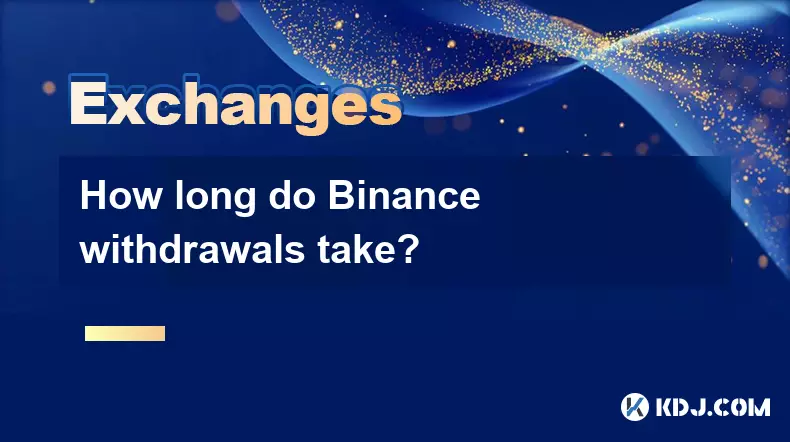
How long do Binance withdrawals take?
Aug 29,2025 at 02:57pm
Understanding Binance Withdrawal Processing Times1. Binance typically processes cryptocurrency withdrawals within a few minutes after the request is c...
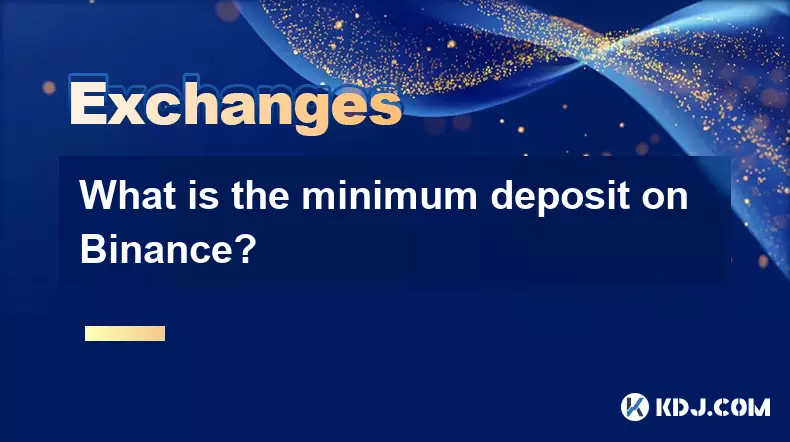
What is the minimum deposit on Binance?
Aug 29,2025 at 01:01pm
Understanding Binance Deposit Requirements1. The minimum deposit on Binance varies depending on the cryptocurrency being deposited. Each digital asset...
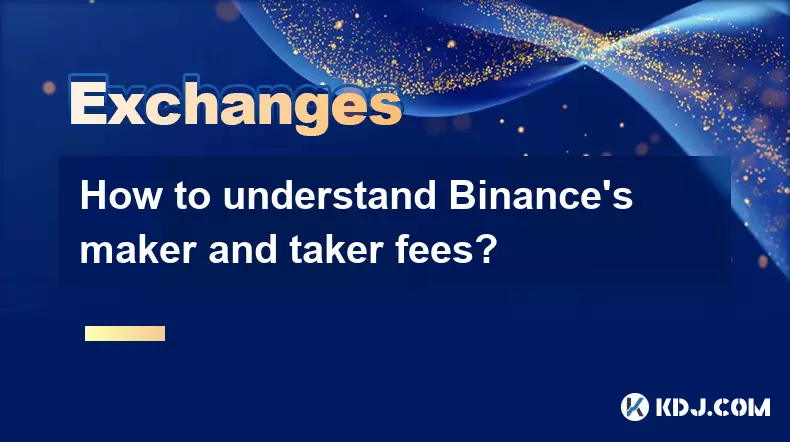
How to understand Binance’s maker and taker fees?
Aug 29,2025 at 02:28pm
Understanding Decentralized Exchanges in the Crypto Ecosystem1. Decentralized exchanges (DEXs) operate without a central authority, allowing users to ...
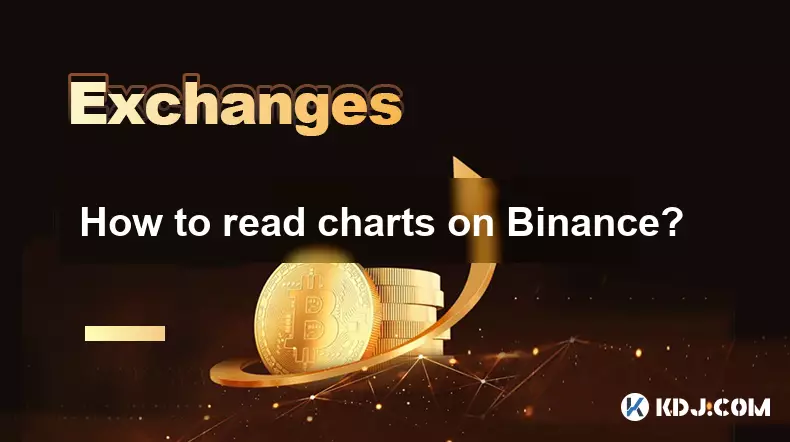
How to read charts on Binance?
Aug 29,2025 at 08:28am
Understanding Candlestick Patterns1. Each candlestick on Binance represents price movement over a specific time interval, such as one minute, five min...
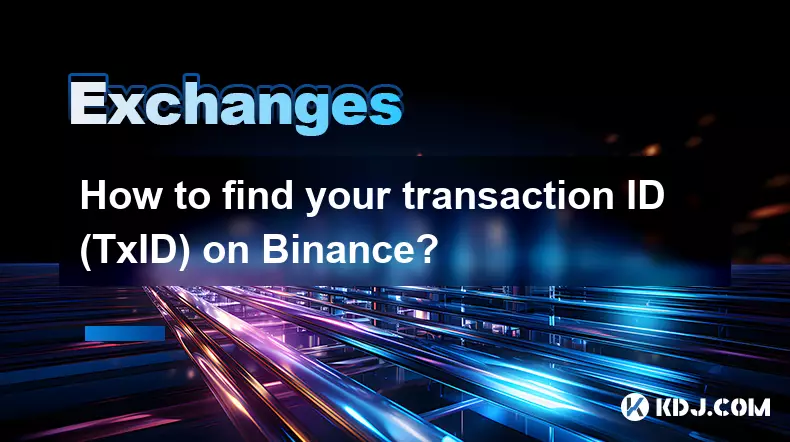
How to find your transaction ID (TxID) on Binance?
Aug 29,2025 at 08:57am
Understanding Transaction ID (TxID) in Binance1. A Transaction ID, commonly known as TxID, is a unique alphanumeric string assigned to every blockchai...

How to trade a new coin listing on Binance?
Aug 29,2025 at 11:14am
Understanding the Pre-Listing Phase1. Research the project thoroughly before any listing announcement. Whitepapers, team backgrounds, and community se...

How long do Binance withdrawals take?
Aug 29,2025 at 02:57pm
Understanding Binance Withdrawal Processing Times1. Binance typically processes cryptocurrency withdrawals within a few minutes after the request is c...

What is the minimum deposit on Binance?
Aug 29,2025 at 01:01pm
Understanding Binance Deposit Requirements1. The minimum deposit on Binance varies depending on the cryptocurrency being deposited. Each digital asset...

How to understand Binance’s maker and taker fees?
Aug 29,2025 at 02:28pm
Understanding Decentralized Exchanges in the Crypto Ecosystem1. Decentralized exchanges (DEXs) operate without a central authority, allowing users to ...

How to read charts on Binance?
Aug 29,2025 at 08:28am
Understanding Candlestick Patterns1. Each candlestick on Binance represents price movement over a specific time interval, such as one minute, five min...

How to find your transaction ID (TxID) on Binance?
Aug 29,2025 at 08:57am
Understanding Transaction ID (TxID) in Binance1. A Transaction ID, commonly known as TxID, is a unique alphanumeric string assigned to every blockchai...
See all articles

























































































